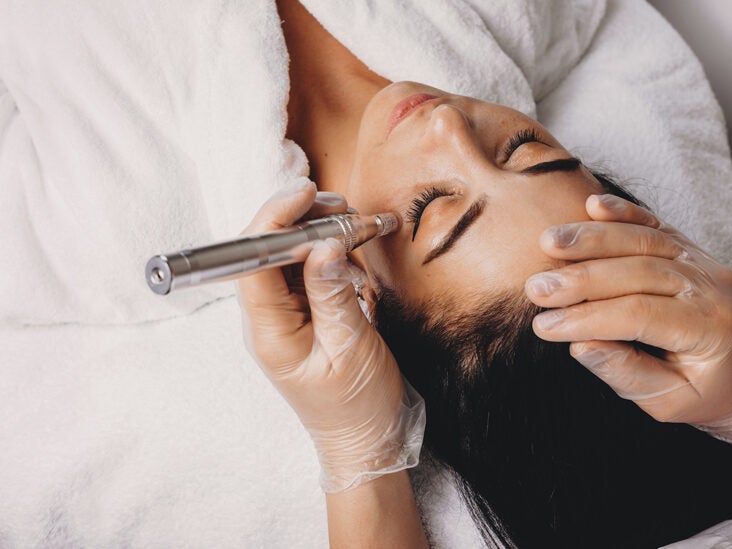
Hyperpigmentation is one of those skin challenges many of us face at some point in our lives. In simple terms, it’s when patches of our skin become darker than the surrounding areas. This happens due to an excess of melanin, which is the pigment responsible for skin and hair color. This condition can be triggered by various factors such as sun exposure, hormonal changes, or even injuries. Fortunately, there’s a bright side: non-invasive treatments have now made it easier to manage and diminish these unwanted dark spots. In this article, we’ll delve into the non-invasive treatments that can help you tackle the hyperpigmentation hurdle.
Understanding the Root Cause
Before diving into the treatments, it’s essential to understand what causes hyperpigmentation. At its core, it’s a result of overproduction of melanin in certain areas. Common culprits include prolonged sun exposure without proper sun protection, hormonal fluctuations often seen during pregnancy, certain medications, and even post-inflammatory responses after an injury or acne breakout. For some, it might be a combination of factors.
Topical Solutions: First Line of Defense
When we think of hyperpigmentation procedure, the first line of defense that often comes to mind is topical solutions. These are creams, serums, and gels you can apply directly to your skin. They usually contain active ingredients that either inhibit melanin production or increase the turnover of skin cells, thus reducing the appearance of dark patches. Ingredients such as hydroquinone, kojic acid, vitamin C, and glycolic acid are popular choices in these formulations. They’re available over the counter or through a prescription, depending on their strength.
It’s important to approach these treatments with patience. While some people might notice improvements within a few weeks, for others, it might take months. Consistency is key, and it’s equally crucial to use sun protection since the skin can be more sensitive to sunlight while using these products.

Chemical Peels: A Deeper Dive
Moving a step beyond the everyday creams, we come across chemical peels. This hyperpigmentation treatment involves applying a chemical solution to the skin, causing it to exfoliate and eventually peel off. As it sounds, it’s a bit more intense than slathering on a cream. The new skin that emerges is typically smoother and less pigmented.
There are varying degrees of chemical peels ranging from mild to deep. Mild peels, which often use alpha hydroxy acids, can be done monthly and have minimal downtime. Deeper peels using ingredients like trichloroacetic acid are more intense, require more recovery time, but also offer more dramatic results.
Laser Therapy: Targeting with Precision
Laser treatments for hyperpigmentation have gained popularity due to their precision and effectiveness. These treatments work by targeting melanin with laser light. The pigment absorbs this light, breaking down and eventually fading away. The advantage of laser therapy is that it can be specifically tailored to the depth and type of pigmentation.
However, it’s important to note that multiple sessions might be required, and there’s potential for side effects like redness or swelling. It’s crucial to get this treatment from a qualified professional and to follow post-treatment care guidelines to the letter.
Microneedling: Boosting Natural Repair
Microneedling is a technique where tiny needles are used to create micro-injuries in the skin. While it might sound counterproductive, these minor injuries stimulate collagen production and skin’s natural repair processes. When combined with serums or topical treatments that target hyperpigmentation, the results can be amplified.
The process might sound intimidating, but with a numbing cream, it’s relatively painless. Redness and sensitivity post-treatment are normal but subside within a few days.
A Word of Caution
Regardless of the hyperpigmentation treatment you choose, always consult with a dermatologist or skin care professional. They can guide you to the most effective solution based on your skin type and the severity of the hyperpigmentation.
In conclusion, while the hyperpigmentation hurdle might seem daunting, advancements in non-invasive treatments have made it easier than ever to regain clear, even-toned skin. Whether it’s the simplicity of topical treatments or the precision of laser therapy, there’s hope for everyone facing this challenge. Just remember to always protect your skin from further damage, and you’ll be on the path to a brighter, more radiant complexion.






